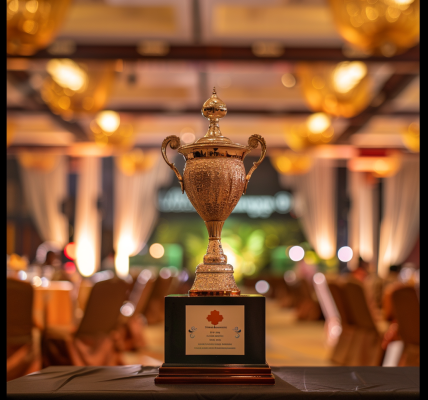In the tranquil expanses of North America’s woodlands and grasslands, a silent but concerning phenomenon is unfolding: chronic wasting disease (CWD). The condition, often dubbed “zombie deer disease”, is stealthily spreading among deer populations, sparking concerns among scientists, conservationists and the public alike.
This neurological affliction, characterised by myriad symptoms, such as drooling, lethargy, stumbling and a vacant gaze, has now been detected in over 800 samples of deer, elk and moose in Wyoming alone, highlighting the scale and urgency of the issue.
At the heart of the CWD puzzle lies a peculiar culprit: prions. Prions are misfolded proteins that can cause normal proteins in the brain to misfold as well, leading to neurological degeneration. This unique feature makes prion diseases particularly concerning as they are notoriously resilient and can persist in the environment for years, resisting traditional disinfection methods such as formaldehyde, radiation and incineration at extreme temperatures.
The spread of CWD poses significant ecological and potentially human health risks. While there is no conclusive evidence that CWD can directly infect humans, the possibility remains a point of concern.
Prion diseases, such as Creutzfeldt-Jakob disease (CJD) in humans and “mad cow disease” in cattle, have shown that they can cross the species barrier – with devastating consequences. The outbreak of mad cow disease in Britain, for instance, resulted in the slaughter of millions of cattle and led to 178 human deaths attributed to the human variant of the disease since 1995.
Despite the lack of confirmed cases of CWD in humans, concerns persist due to several factors. First, studies have shown that prions responsible for CWD can infect and propagate within human cells under laboratory conditions, raising the spectre of potential transmission.
Humans are already inadvertently exposed to potentially infected animals by hunting and eating them. Reports suggest that between 7,000 to 15,000 CWD-infected animals were consumed annually by humans in 2017, with projections indicating a 20% annual increase.
In regions where CWD prevalence is high, such as Wisconsin, thousands of people may have unwittingly consumed meat from infected deer, underscoring the urgency for measures to mitigate risks.
Also, the inherent difficulties associated with detecting and diagnosing prion diseases in humans further complicate the situation. Unlike conventional pathogens, prions do not trigger an immune response, making them challenging to detect and diagnose.





